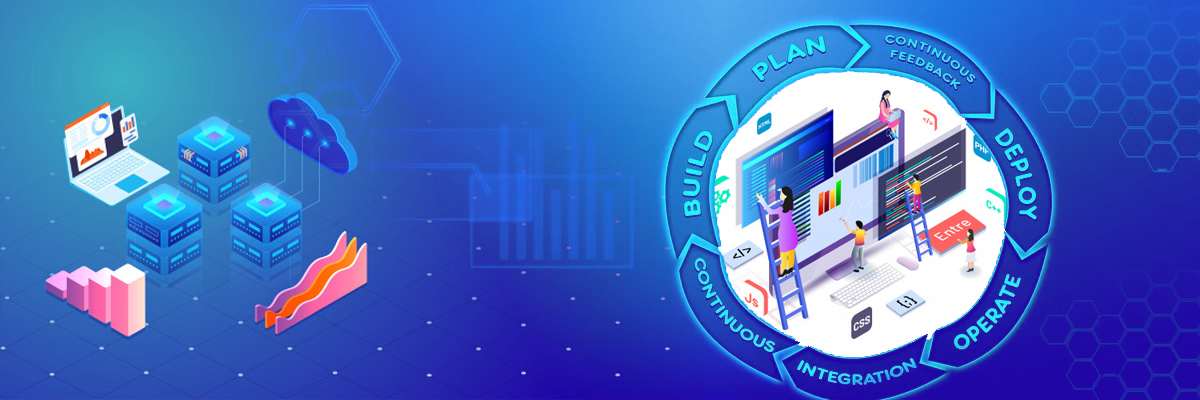Must-Have Capabilities In Supplier Master Data Management Software

Proficient Master data management is important for the success of any enterprise that is looking to create a competitive edge through a more detailed, data-backed decisions. Whether you are trying to digitalize operations, optimize P2P processes, trying to identify cost-saving opportunities, or even considering the possibility of a merger or acquisition, it is crucial to get access to the correct data. So it is essential to have strong MDM capabilities.
Inefficient Supplier Master Data management can hamper business outcomes drastically. In almost all the enterprise, multiple functions use their own versions of an item, supplier and other data which are ideal requisites to be shared, causes errors in vendor master data. Within an enterprise, various departments need to maintain their own master data and for big organizations using multiple ERP systems, the lack of rigor in managing master data records can cause widely different items and supplier entries across several regions, departments, and systems that lead to duplication.
Though most of the companies are aware of the benefits of supplier data management, still they fail to implement it effectively within their ERP systems. the problems arise from a decentralized form of data entry that lacks any type of enterprise-wide governance. It becomes a key challenge in breaking down these data which exist in an on-premise environment to arrive at the perfect data. Adding to that, conflicting policies lead to inconsistent processes around creating/updating master data elements, increasing the TCO and also complicating data maintenance.
Enterprises require a single and trustworthy source data which can offer an integrated view for aiding better decision making. this can be achieved with the help of a multi-domain MDM solution that offers a 360-degree view of data. Enterprises must shift their focus from an inflexible, departmental system driven view of data to an enterprise-wide ecosystem that is flexible. After an assessment of the present state of MDM at an enterprise that involves knowledge about the requirements of setting up, updating and deactivating master data records, a thorough data quality assessment should be conducted for judging the consistency, accuracy, and completeness of the data.
Let's break down the three of the most essential capabilities that a Supplier Data Management Software must-have.

AI-Based Abilities
It is important for the vendor database to have artificial and machine learning capabilities which makes it very easy to screen, manage and collect data for creating a comprehensive archive. It must be featured to detect duplications and inconsistencies existing in heterogeneous data sources and create a single, standardized record based on the established taxonomy.
Blend with existing ERP Systems
An ideal supplier management software must be single, the vendor-agnostic platform having complete capabilities and can incorporate data integration, data governance and business process management. Easy integration with extant master data sources/ERP systems is important. It should be able to connect to surviving data sources for bringing in cutting edge procurement and purchasing abilities into an enterprise without hampering their ERP/MRP strategy. It must work up as a master data umbrella system that cleanses and normalizes master data across multiple sources to arrive at a conclusion.
Constant Maintenance of Data Quality
The software must be capable of maintaining the quality of the master data continuously after the completion of the initial cleanse. It must be able to monitor the workflow continuously and take corrective action and create as well as manage a central stem of records, or index of records for master data.
3 Steps To Better Procurement
How These 3 Core Strategies Determine The Outcome of Your Procurement Process
Request A Demo



